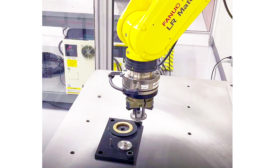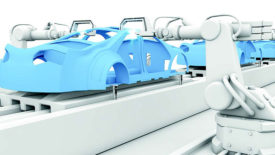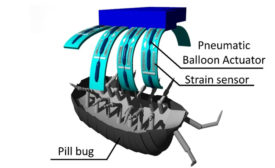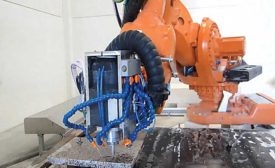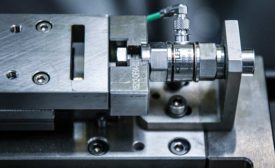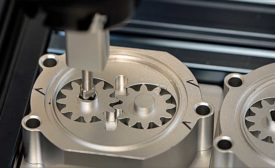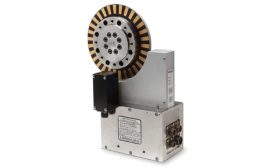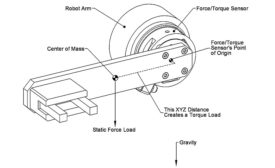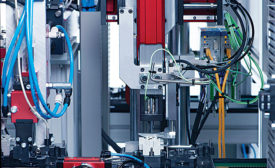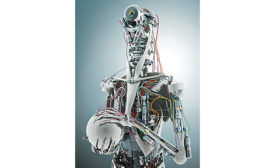Home » Keywords: » force sensors
Items Tagged with 'force sensors'
ARTICLES
Force-Controlled Assembly With Robots
Tactile sensing technology opens up new applications for automation
February 1, 2019
Force and Torque Sensors
Advanced technologies increase the accuracy of force and torque sensors used in product assembly and end-of-line testing.
June 7, 2017
Get our new eMagazine delivered to your inbox every month.
Stay in the know on the latest assembly trends.
SUBSCRIBE TODAY!Copyright ©2024. All Rights Reserved BNP Media.
Design, CMS, Hosting & Web Development :: ePublishing
